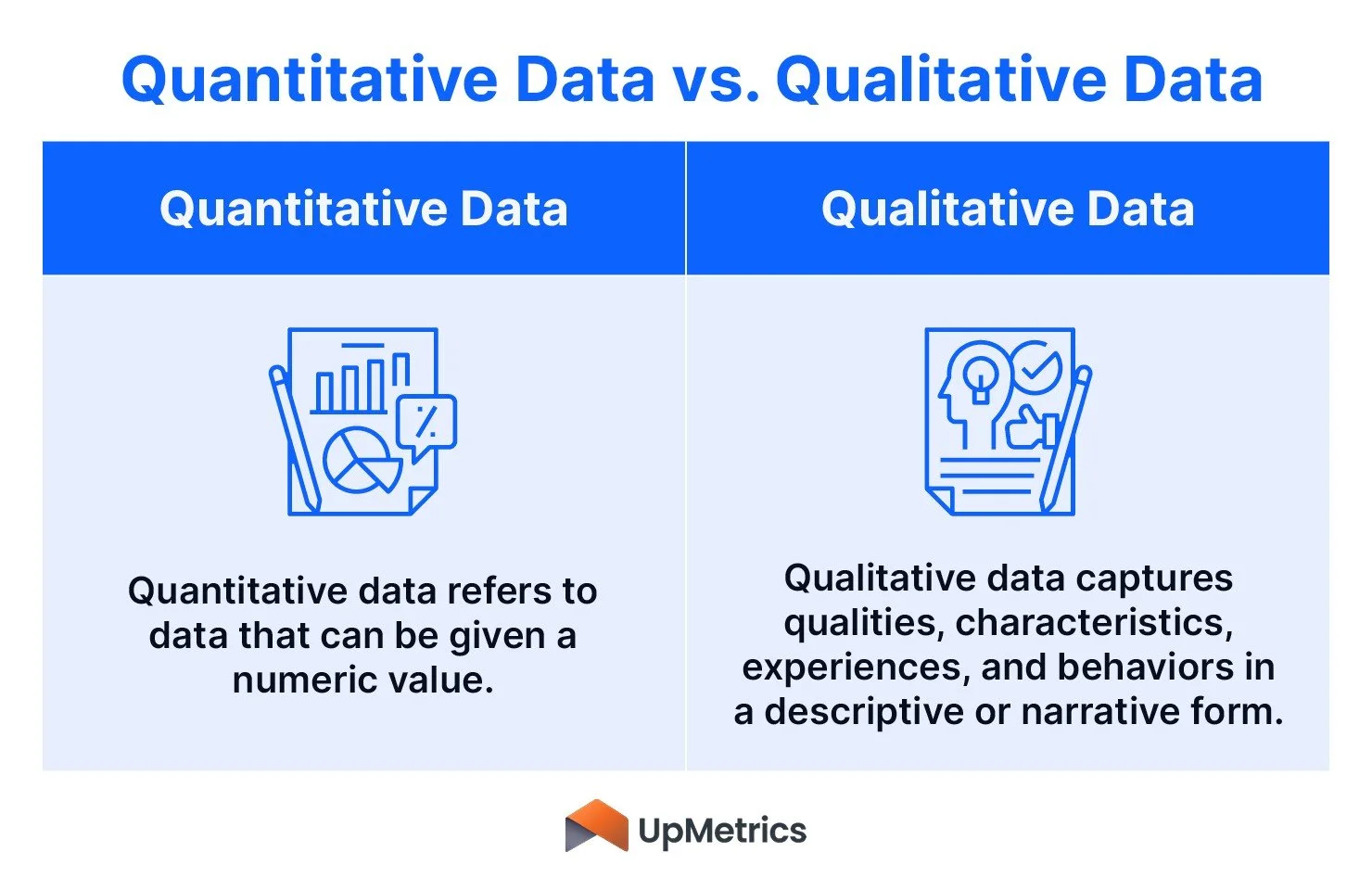4 Common Mistakes to Avoid in Nonprofit Impact Reporting
By Charles Sword at UpMetrics
Measuring and reporting your organization’s impact is essential for proving that your work is making a difference. Doing so strengthens relationships with your stakeholders and supporters and paves the way for continued support. Plus, your organization gains a clear picture of how well its operations serve its overall mission, allowing you to make informed decisions about improving programs, fundraising, or other initiatives.
However, creating an effective impact report can be challenging, especially for nonprofits new to the impact measurement process. To give you a leg up, let’s explore some common mistakes and how you can avoid them.
1. Starting the process without an impact framework.
Diving into impact measurement and reporting without a framework in place is like building a house without pouring a foundation first. If you do so, you’ll likely end up feeling directionless in your efforts to understand, track, and improve your impact.
How to Avoid This Mistake
UpMetrics’ guide to impact measurement recommends starting the process by establishing smaller objectives that will get your nonprofit closer to accomplishing its overarching mission.
To determine your objectives, consider the following:
Who or what your organization serves
What kind of services you deliver and how much
The quality of that delivery
How your beneficiaries benefit from your work
Community support that fuels your operations
For example, say your organization’s mission is to help refugees learn English and adjust to life in their new communities. You might have objectives such as:
Increase enrollment in ESL courses over the next year
Establish a mentorship program connecting new refugees with refugees who have successfully integrated into their communities
Strengthen ties with employment centers in our local area to improve our efforts to help beneficiaries find jobs
Of course, your past experiences with goal-setting tell you that no objective can be tracked successfully unless you select key performance indicators (KPIs) to measure and monitor. In the world of impact reporting, these are referred to as key impact indicators (KIIs). Here are a few KIIs that align with the example objectives above:
Percentage of beneficiaries contacted who registered for an ESL course
Number of successful mentor-mentee pairings
Employment center partnership satisfaction score
Once you have set objectives and KIIs, you can move forward successfully with impact measurement, monitoring your progress toward your goals and keeping an eye out for patterns and trends in your KII data over time that speak to your nonprofit’s effectiveness.
2. Not including qualitative data alongside quantitative data.
Many organizations fall into the trap of thinking that only quantitative data truly matters when it comes to impact measurement and reporting. At face value, this makes sense—quantitative data feels more tangible and objective than qualitative data. It’s easier for organizations and their communities to wrap their heads around.
However, qualitative data also has value. It humanizes your impact reporting efforts and adds character to the story of your mission’s progress.
How to Avoid This Mistake
First, let’s iron out the difference between quantitative and qualitative data:
Though these data types are different, they actually complement each other well.
Think back to our example of the refugee support nonprofit. Let’s say you’re gathering data about your ESL courses. You could just gather quantitative information like the number of enrollments, test scores, and graduation rates. Or you could tap into additional insights by asking students and instructors about their experiences in the course. You could even film an English conversation between two students participating in class. This qualitative data gives you a peek into what it’s like to be part of your program and how helpful it is to those who participate.
Note that the way you analyze qualitative and quantitative data will be different. For qualitative data, you’ll need to perform thematic analysis, while quantitative data calls for statistical analysis. This can quickly get tricky, especially for organizations new to impact reporting, so consider working with a data expert or investing in an impact measurement tool that makes this easier.
3. Failing to tailor the report to your audience’s needs.
When it comes time to share your impact measurement data with your community, you’ll create your formal impact report. Some organizations may think that simply sharing impact information is enough. However, unless your report is catered to your community’s needs, preferences, and priorities, it will be difficult to show your supporters and stakeholders the significance your insights hold.
How to Avoid This Mistake
Your report will be more than a collection of metrics and testimonials. Ideally, it will:
Answer your audience’s questions about your day-to-day operations
Clearly demonstrate how support like donations and volunteer hours translate into tangible outcomes for your beneficiaries
Resonate with your audience and deepen their understanding of your work
Inspire further engagement and support
To ensure that your report accomplishes these goals, take the time to consider who you’ll be sharing it with. Different groups will have different questions, communication preferences, and histories with your organization. This means you may want to create a few different versions of your impact report to appeal to everyone’s unique needs.
For example, for supporters who are new to giving to your cause, send out a more general version of your report that provides an overview of all of your operations. For a major donor who has been giving to your organization for years and is interested in one specific facet of your operations, you may design a more focused report that showcases their personal impact and hones in on the programs and projects they are passionate about.
4. Missing the opportunity to make the report extra engaging.
The word “report” might conjure images of dense documents and indecipherable charts and graphs. Don’t make the mistake of putting out a dry impact report when a few simple additions can make it both informative and engaging.
How to Avoid This Mistake
To create an impact report that your audience can easily understand and be inspired by, incorporate these best practices:
Consider different formats for your report. Impact reports are often multi-page written reports, but yours doesn’t have to follow the norm. If you feel it would be better for your audience, your report could be a short video, interactive web page, or infographic.
Incorporate visuals into the report. Did you know our brains process images 60,000 times faster than text? Add visuals to your report to make it easier to understand and to break up long blocks of text or pages of dense data. For example, you might use a nonprofit graphic design tool to create an infographic that shows the results of one of your most recent fundraising campaigns. Or, you might incorporate images of your volunteers at work or your beneficiaries receiving your services.
Lean into storytelling. Sharing stories is a great way to illustrate how your organization helps to solve problems and contributes to building a better tomorrow for the people it serves. UpMetrics’ guide to nonprofit storytelling explains that the best stories include relatable characters, compelling conflicts, and a satisfying resolution.
Keep a focus on the future. In your report, you may have nothing but positive insights to report to your audience, or you may highlight some obstacles that are keeping you from accomplishing your objectives. Either way, keep your report focused on the future and what you and your audience can do together to move your mission forward. Don’t forget to include compelling calls to action to inspire further involvement and support.
Tracking and reporting on your nonprofit’s impact is an excellent way to monitor your progress toward accomplishing your mission and to keep your community informed about your work. Use this guide to avoid common impact reporting mistakes and share insights that help you do more good for those you serve.
This guest post was written by Charles Sword.
Charles Sword is the Chief Revenue Officer at UpMetrics, a leading impact measurement and management software company that’s revolutionizing the way mission-driven organizations harness data to drive positive social outcomes. With a wealth of experience in business development and strategic planning, Charles is responsible for all aspects of market development for the company and is passionate about helping the world’s leading foundations, nonprofits and impact investors to drive accelerated social and environmental change. Mr. Sword has held leadership positions for multiple market-leading technology organizations including Blueprint, CAST, and iRise among others, and continues to hone his understanding of market dynamics and innovative strategies to unlock new opportunities and drive growth at UpMetrics.


